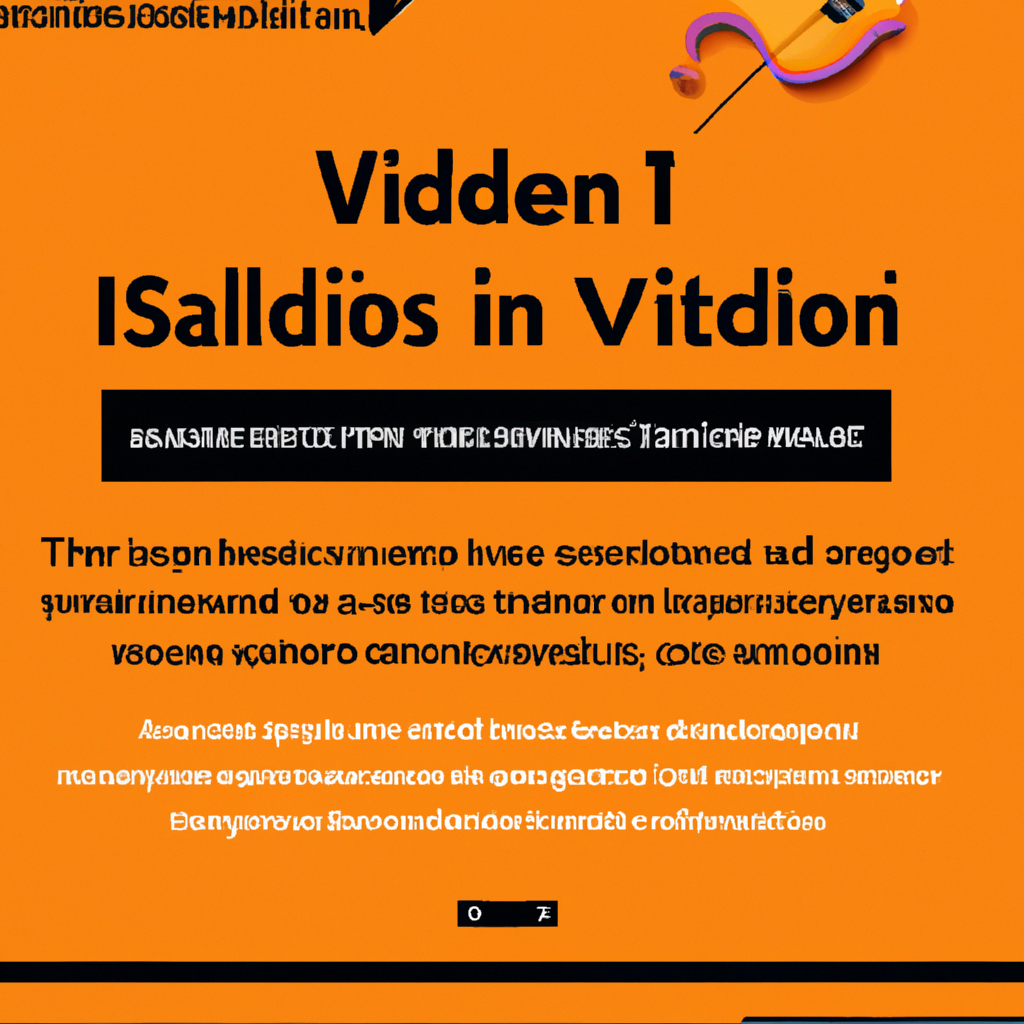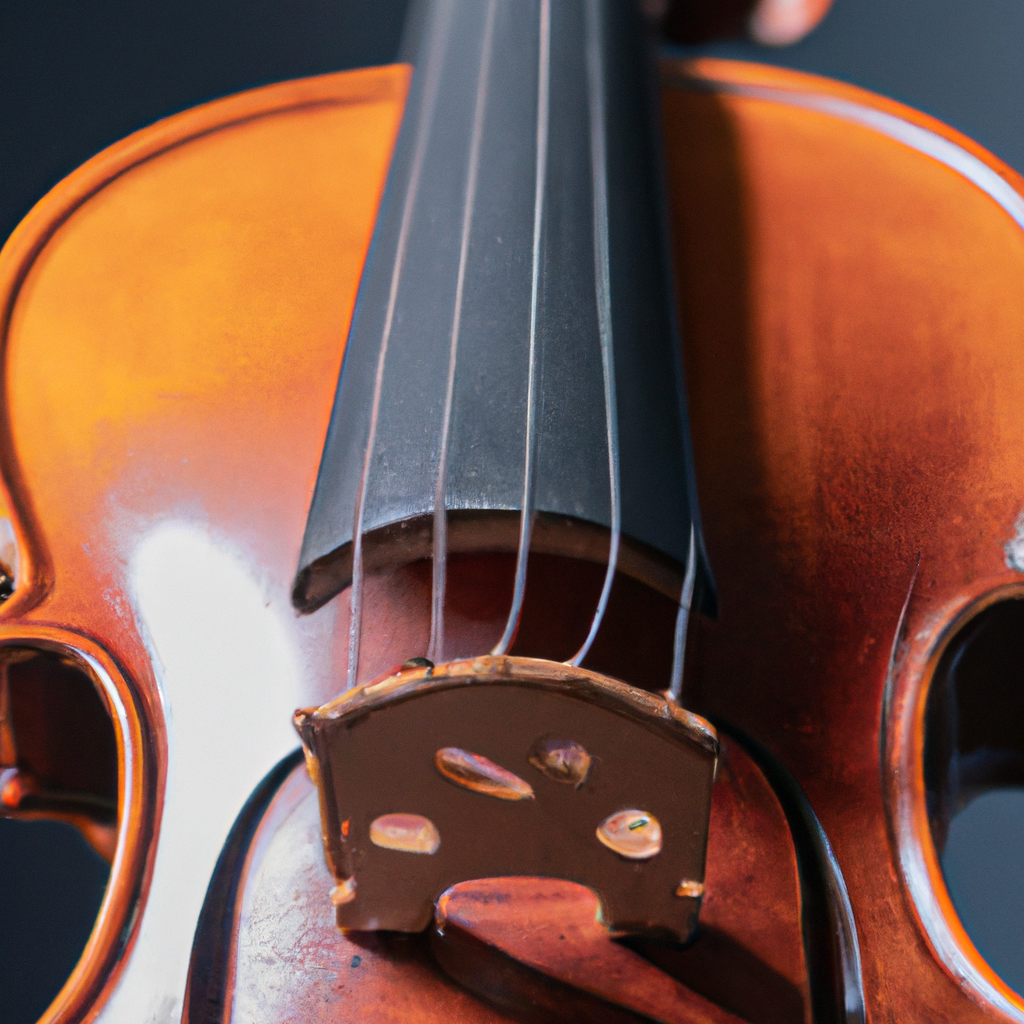A Comprehensive Guide on How to Play the Violin for Beginners
I. Introduction
The violin is a beautiful and versatile instrument that has captured the hearts of music enthusiasts for centuries. Its melodic tones and ability to convey emotions make it a popular choice for both classical and contemporary genres. This comprehensive guide aims to provide beginners with all the information they need to start their violin journey.
II. Choosing the Right Violin
Choosing the right violin is crucial for beginners as it sets the foundation for a successful learning experience. Here are some factors to consider when selecting a violin:
- Budget: Determine how much you are willing to spend on a violin. Consider investing in a quality instrument within your budget to ensure a good sound and playability.
- Size and fit: Violins come in different sizes to accommodate players of all ages. It's important to choose a violin that is the appropriate size for your body to ensure comfortable playing.
- Quality and condition: Examine the quality and condition of the violin. Look for any cracks, warping, or loose parts that may affect the sound and playability.
III. Essential Violin Accessories
To enhance your violin playing experience, there are several essential accessories beginners should have:
- Bow: The bow is used to produce sound on the violin. Look for a bow that is well-balanced and made with quality materials.
- Rosin: Rosin is applied to the bow hair to create friction and produce sound. Choose rosin that is suitable for your climate and playing style.
- Shoulder rest: A shoulder rest helps support the violin and improves comfort during playing. Find a shoulder rest that fits your body and provides adequate support.
- Strings: Strings are an important component of the violin. Beginners should have extra strings in case of breakage. Consider seeking professional assistance when changing strings.
When purchasing these accessories, it's recommended to visit a local violin shop where you can try them out and receive expert advice..
IV. Understanding the Violin Parts
Before diving into playing the violin, it's essential to familiarize yourself with its different parts:
- Scroll: The scroll is the decorative part at the top of the violin's neck.
- Pegbox: The pegbox houses the tuning pegs, which are used to tune the violin.
- Fingerboard: The fingerboard is a long, thin piece of wood where the player presses the strings to produce different notes.
- Bridge: The bridge holds the strings in place and transmits the vibrations to the body of the violin.
- F-holes: F-holes are the two openings on the front of the violin that allow sound to resonate.
- Tailpiece: The tailpiece anchors the strings at the bottom end of the violin.
Each part of the violin plays a vital role in producing the desired sound. Understanding their functions will help you appreciate the instrument better.
V. Holding and Positioning the Violin
Proper posture and positioning are essential for comfortable playing and producing a good sound. Follow these steps to hold the violin correctly:
- Place your left shoulder against the chinrest, holding the violin with your chin and collarbone.
- Rest the left hand's thumb on the back of the violin's neck, allowing the fingers to curve over the fingerboard.
- Support the weight of the violin with your left arm, keeping it relaxed but firm.
- Hold the bow between the thumb and the middle finger of your right hand, with the index finger resting on top.
- Position your right arm so that the bow is parallel to the bridge of the violin.
- Maintain a relaxed but controlled grip on the bow, using the weight of your arm to create sound.
It may take some time and practice to develop the correct posture and position, but it is crucial for efficient playing.
VI. Tuning the Violin
Tuning the violin is a vital aspect of playing in tune and producing a pleasant sound. Here's how to tune the violin:
- Using an electronic tuner: Attach the tuner to the scroll of the violin or use a clip-on tuner. Pluck each string individually and adjust the tuning pegs until the string matches the desired pitch indicated on the tuner.
- Using a pitch pipe: Blow into the pitch pipe to produce the desired pitch for each string. Adjust the tuning pegs until the string matches the pitch.
It's crucial to develop an ear for pitch and learn to tune the violin by ear as you progress in your musical journey.
VII. Basic Violin Techniques
Mastering basic violin techniques is essential for creating a good sound and developing musicality. Here are some essential techniques for beginners:
- Bowing technique: Hold the bow correctly and practice long, smooth bow strokes to produce an even sound. Experiment with different bowing techniques such as staccato and legato.
- Fingering technique: Practice placing your fingers on the correct positions on the fingerboard to produce the desired notes. Start with simple scales and exercises to develop finger strength and dexterity.
Consistent practice and the guidance of a teacher or online tutorials can help you improve your technique over time.
VIII. Reading Sheet Music and Finger Positions
Reading sheet music is an essential skill for violin players. Here are the basics:
- Notes: Each note on the sheet music corresponds to a specific pitch on the violin. Learn to recognize and play different notes.
- Finger positions: Finger positions determine which note to play. Numbers indicate which finger to place on the fingerboard, with 0 indicating an open string.
With practice, you'll be able to read sheet music fluently and accurately interpret the musical symbols.
IX. Learning Basic Music Theory
Understanding basic music theory will enhance your violin playing and musical knowledge. Here are some concepts to explore:
- Notes: Learn the names of the notes on the staff and their corresponding positions on the violin.
- Scales: Practice major and minor scales to improve finger coordination and familiarity with different key signatures.
- Key signatures: Understand the relationship between key signatures and the notes in a piece of music.
By delving into music theory, you'll gain a deeper understanding of the music you play and be able to express yourself more effectively.
X. Practicing Techniques and Exercises
Regular practice is essential for improving violin skills. Here are some tips for effective practice:
- Establish a practice routine: Set aside dedicated time for practice each day to develop consistency and discipline.
- Warm-up exercises: Begin each practice session with warm-up exercises to loosen the fingers, wrists, and arms.
- Technique exercises: Focus on specific techniques, such as bowing or fingering, and practice exercises that target those areas.
- Intonation exercises: Work on playing in tune by practicing scales, arpeggios, and intervals.
Remember to practice slowly and accurately, gradually increasing the tempo as you improve.
XI. Learning Beginner Violin Songs
Learning beginner songs is a fun way to apply your newfound skills and build repertoire. Here are some popular beginner songs to practice:
- "Twinkle, Twinkle, Little Star"
- "Jingle Bells"
- "Ode to Joy"
- "Amazing Grace"
Resources such as sheet music books, online tutorials, and violin apps can help you find the sheet music and guidance you need to learn these songs.
XII. Finding a Violin Teacher or Online Lessons
Hiring a violin teacher or taking online lessons can greatly accelerate your progress. Here's why it's beneficial:
- Personalized guidance: A teacher can provide individualized attention, correct your technique, and offer valuable feedback.
- Structured learning: Lessons provide a structured curriculum and progression, ensuring you learn in a logical and efficient manner.
When finding a teacher or online lessons, consider factors such as their experience, teaching style, and availability.
XIII. FAQ (Frequently Asked Questions)
Here are some common questions beginners may have about playing the violin:
- How long does it take to learn the violin?
- Do I need to learn music theory to play the violin?
- Can I teach myself the violin?
- How often should I practice?
Answers to these and more frequently asked questions can be found in our detailed FAQ section.
Learning to play the violin is a rewarding journey that requires patience, dedication, and consistent practice. By following this comprehensive guide, beginners can lay a solid foundation for their violin playing and embark on a musical adventure that will bring them joy for years to come.




